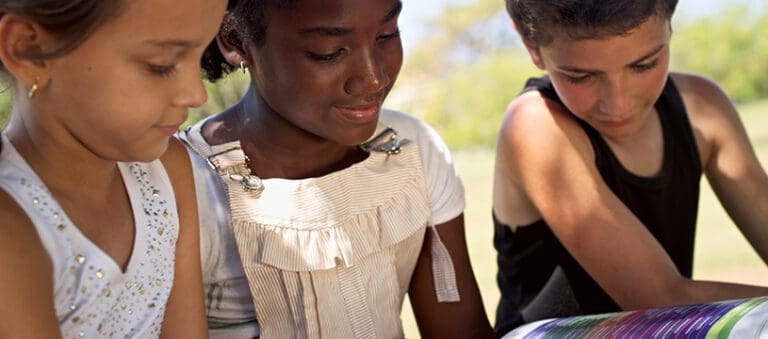Educators and school administrators across the country are busy developing plans, structuring programs, and designing instruction for crucial summer learning experiences. Some activities may focus on helping students to recover credits they failed to earn. Other experiences may be aimed at developing specific skills and content with which students have struggled. Still others may target broader learning activities to help students to reengage and ready themselves for the start of a new year.
Regardless of the particular areas of focus, it is important to ask ourselves what type of learning we are seeking. Should we set the low bar of meeting minimum requirements to award a credit, even if learning is minimally gained and quickly lost? Or are we seeking to build significant learning that students will retain and have access to in the months and years to come? Do we want students to accept instruction and cooperate? Or do we want to build ownership and flexibility in learning skills that students can use to build future learning?
Our intentions and goals matter because each of these types of learning suggests a different set of learning activities in which students will engage. Let’s consider four types of learning experiences and how we might design activities that make each form of learning a likely outcome.
First, and at a relatively low level of learning, is receptive learning. In this experience students are expected to listen, follow directions, practice, and respond with evidence of having received the information presented. Students may memorize content, use mnemonic devices to capture lists or steps in a process, or they may take notes to study as a means of repeating back what has been presented to them. While this type of learning experience can position students in the short term to pass quizzes and perform satisfactorily on exams, the learning is often isolated in students’ minds and is not deep or easily retained. Consequently, it may not be accessible in the future and learning that is intended to build on receptive learning can be challenging.
A second type of learning is an integrating experience. This learning goes beyond isolated facts and memorized processes to connect with prior learning. Students are coached and encouraged to tap what they already know to make sense of and understand the significance of what they are learning. Integrated learning is typically retained for a longer time than receptive learning and students are likely to be able to access this learning to support future learning challenges and tasks. However, students may not necessarily be able to easily apply integrative learning in settings and for purposes other than what students experienced in the original learning context.
The third type of learning moves to the next level and supports students in applying what they are learning in new and less familiar contexts. Beyond memorizing a process and connecting to prior learning, this experience provides students with opportunities to solve problems, perform tasks, and interpret information using what they are learning. Learning at this level drives understanding to deeper levels and positions learning for long-term retention and access. Educators have often considered this level of learning as an ultimate outcome. While ensuring that students can apply new skills and knowledge in settings other than where the learning occurred is useful and important, in today’s world it is also important to move to yet another level of learning to fully prepare students for their future.
The fourth, and most empowering, level of learning involves experiences that encourage and support students to engage in creating something new with what they are learning. When students use new learning to discover new solutions, develop novel approaches, and imagine new applications, they move from receiving and integrating what they are taught and applying what they have learned to generating something that they own. Confidence grows and risk-taking becomes exciting. These creative activities can be as simple as having students develop problems to solve, tasks to complete, and design learning experiences that depend on what students have learned. Or students may mine their learning for insights, understandings, and applications beyond what has been presented to them through instruction. What students create can be simple and straight forward or complex and challenging. The key is to give students opportunities to move beyond being told and shown to designing and creating by using what they now know.
Of course, summer learning experiences will need to address a variety of needs and serve many interests. However, in every setting we need to give students rich learning experiences. They deserve opportunities to nurture ownership for their learning and maximize the length of time they will retain it. Our ultimate goal needs to be empowering students to do all they can do with the learning they gain.



